With a new year upon us, many people are resolving to get fit and healthy for 2020. For some, this will mean aiming for 10,000 steps per day or downloading the Couch to 5K app. Others will set more ambitious fitness goals, using the new year as an opportunity to undertake a gruelling fitness challenge – think marathons, Ironman triathlons, or Tough Mudder obstacle courses.
Where such events were once regarded as only for superhumans, that perception has shifted, and they now attract participants from all walks of life. Your colleague from the accounts department is as likely to run a marathon as Mo Farah. The mystique has been shattered and endurance events have become mainstream.
"We'd have a lot of people doing running and cycling and marathons and triathlons," says Moss Landman, a physiotherapist with Sports Physio Ireland and the Dublin senior hurling team. "Given that it doesn't require a lot of co-ordination or prior sport involvement, it's a go-to for people to take on."

Where once it was all about speed and nothing else, now it's about participation
Marathon participation in Ireland increased by a whopping 130 per cent between 2008 and 2018, according to a recent report from RunRepeat.com. “Twenty years ago, there were two marathons in Ireland – Dublin and Belfast,” says RunIreland founder Ray O’Connor. “Last year there was something like 90.”
Greater accessibility and visibility means people no longer regard a marathon as something that can only be done by exceptionally fit people. “Accessibility is a really big thing,” he says. “With accessibility you have more participants, and with more participants you have more people talking about it and convincing people how easy it is. It’s a lovely thing to be able to say you have run a marathon, and I think people from all walks of life now have that belief they could run one.”
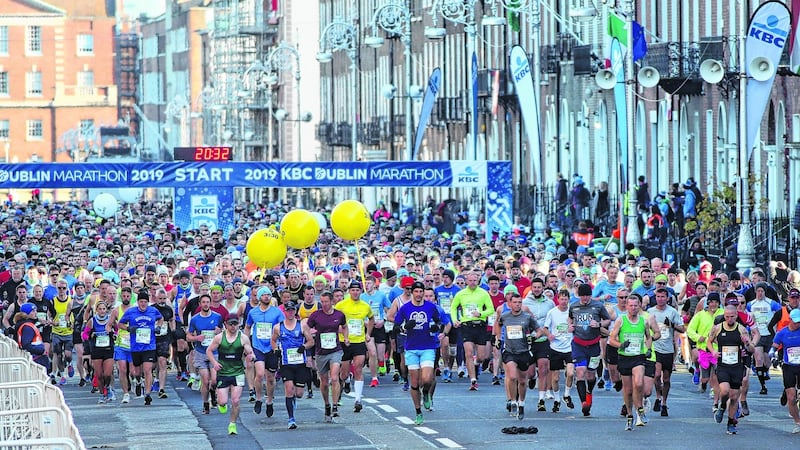
Attitudes about running have also shifted. Where once it was all about speed and nothing else, now it’s about participation.
“In the 1970s and 1980s, if you weren’t running very fast there was no point in running,” he says. “It was all competitive. The big city marathons – New York, London – completely trounced that and changed that mindset. Now everybody gets a medal. If you do a seven-hour marathon, you get all the glory of a guy who has done sub-three.”
Cycling
Cycling has enjoyed a similar renaissance. Cycling Ireland now sanctions almost 1,000 events nationwide, and has approximately 26,000 competitive and leisure members.
The organisation’s chief executive, Matt McKerrow, says the popularity of events like cycle races, marathons and triathlons can be attributed in part to the “bucket list effect”.
"People either lose a bet, or get challenged by their friends and it gets infectious," he explains. "It starts as a Couch to 5K. Then it's a 10k, a half marathon, a marathon, a triathlon. You see a lot of Joe Soaps starting from quite a low beginning, and gradually ticking off one bucket list item after the next."
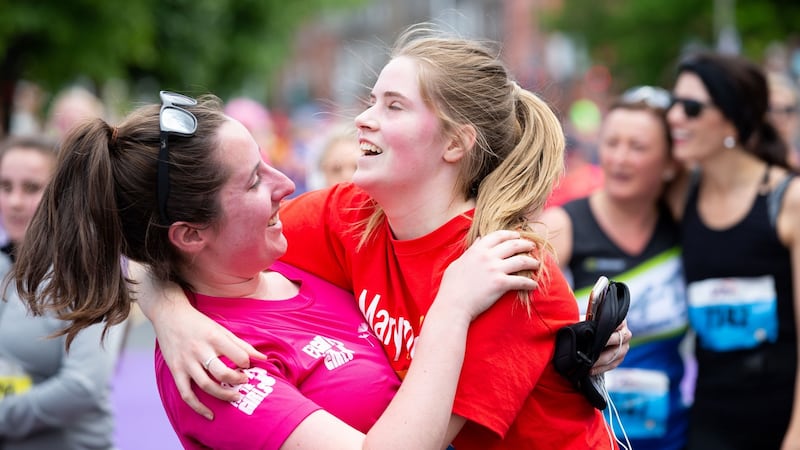
It's not all about running and cycling, either. People are also opting for more hardcore gym sessions. Eamonn Boylan is a coach with Rónin Crossfit in Dublin 3. The gym has been open for close to 10 years, and Boylan says the demographic of people training there has changed massively in that time.
“Back then it was a lot more niche, a lot more fringe,” he says of the early days. “Not many people even knew what a kettlebell was. A lot of early adopters and people looking for something new and different would come along... nowadays everyone seems to know what CrossFit is at least.
“Our day-to-day business is people coming from all walks of life – poor health, overweight, never been to a gym in their life – and ready to make the change.”
Landman frequently sees would-be athletes sustaining injuries because they haven't balanced their training or adjusted their diets correctly
But what happens when people from relatively modest fitness backgrounds throw themselves headfirst into a demanding exercise regime? Are people running the risk of doing long-term damage to themselves? And what steps can be taken to avoid injury?
Physiotherapist Landman says problems can arise when people take on a training schedule that isn’t suited to their own physical needs.
“In modern-day society, everyone is doing everything for themselves,” he says. “Organising flights, booking holidays. From a fitness point of view, people are taking on things because they read it in a magazine and thought, ‘I’m gonna try that’, or ‘this model has worked for this person so it must be okay’. A lot of people come into us and they’re following plans they’ve gotten from YouTube, or stuff their mates are doing.”
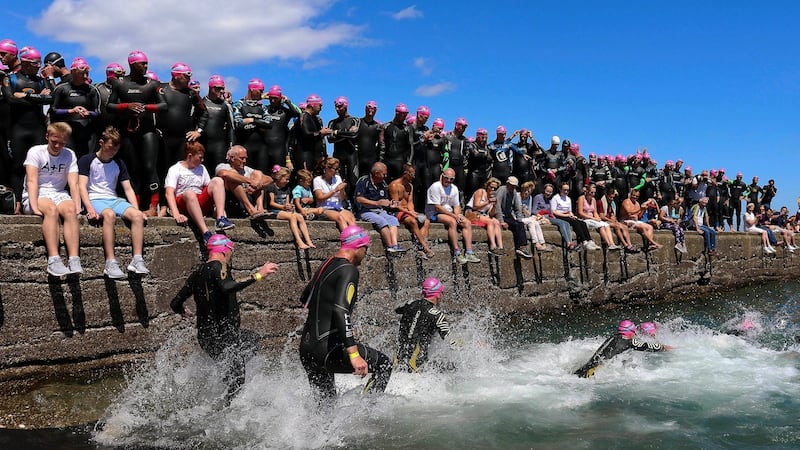
Landman frequently sees would-be athletes sustaining injuries because they haven’t balanced their training or adjusted their diets correctly. For instance, you might have someone who is focusing all their efforts on running and completely neglecting their strength and conditioning. Or you might have someone training in the gym five times a week and following a low-protein diet thus hindering their recovery process.
According to Landman, that is why it is essential for people embarking on a fitness challenge to consult professionals and follow a plan tailored to them. “You have got to be specific to the individual’s needs. That goes for sleep, that goes for nutrition, that goes for training.”
As for whether such hardcore challenges can be bad for us, Landman says he doesn’t believe it’s the correct question to ask.
“It’s not really about that. It’s moreso, ‘Can we tolerate it?’ You might tolerate it because you train and work harder and you have got a well-balanced approach.
“For me, potentially in 15 years time I might break down. I might have arthritic issues or long-term pain management stuff going on. You might not because you have looked after sleep, nutrition and recovery and you’ve trained hard in the gym and you’ve always been appropriate with the amount of running you have done on a weekly or monthly basis.
“It’s like anything in life. It’s not that it’s bad for us. It’s about how you’re approaching it. If you get that balance right, I believe the sky’s the limit. I think we underperform as humans.”
Emily Glen: ‘It’s a conversation with yourself about what you can achieve’
Back in 2012, Emily Glen could not so much as run around the block. After spending a year hunched over a computer in a library as she completed her master’s, she had found herself in “poor physical shape”. With that in mind, she decided to sign up for the Women’s Mini Marathon.
While out for drinks with friends one night, she told them of her plans to run the race. “A friend of mine who is one of these naturally athletic people just really casually piped up, ‘Oh super, I’ll do it with you,’” she recalls. “I was like, ‘Oh s**t, now I have to do it.’”
To prepare for the race, she joined a gym and downloaded the Couch to 5K app. She knew little about running or how to prepare for a 10km race, which might explain why she attended the Forbidden Fruit festival the night before the mini marathon.
“I wasn’t being careless or casual,” she laughs. “I just didn’t know you weren’t supposed to do that.” Nonetheless she made it to the starting line and successfully completed the race. Afterwards, she found herself thinking about how she could have run a faster time had she not gone to Forbidden Fruit, or if the weather hadn’t been so hot. From there, she was hooked.
After completing a few more 10km races, Glen set her sights on longer distances. “I signed up for a half marathon,” she explains. “I thought, ‘That didn’t suck. That wasn’t terrible.’ So six weeks later, I thought, ‘Grand I’ll chuck my name into the hat for this marathon and see how it goes’.”
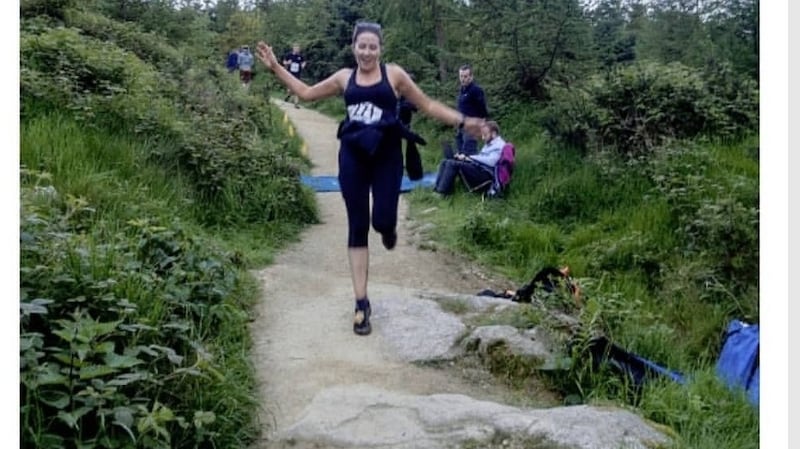
From there, she graduated to ultramarathons. An ultramarathon is the term used to describe any race longer than the traditional 26-mile marathon. Glen became fascinated with them after reading books by renowned ultramarathoners like Scott Jurek. She signed up to do the 50km race at the Portumna Forest Marathon, and with her mother there to cheer her on, she successfully completed her first ultramarathon.
While many would balk at the idea of running such a long distance, Glen relishes the challenge.
“It’s this real conversation with yourself about what you actually can go through and achieve. It’s for nobody else. This isn’t for a job. You don’t get a diploma at the end of it. This is just a really, really selfish endeavour, where you think about doing something that a couple of months ago was unimaginable. You work hard at it and then you do it and it’s done. Then you decide what you’re going to do next.”
From the outside, such races might seem intimidating. Glen says it couldn’t be further from the truth, and praises the Irish ultrarunning community for being “lovely and welcoming”.
“It seems so serious when you say things like ‘ultramarathon’ or ‘Ironman’. I certainly thought that people who competed in these things were really serious athletes. And they are. The training is intense, or as intense as you want it to be. But it is also just craic. You show up and you go for a refreshing beverage afterwards. You have a nice day out there. Or you have a s**t day and you laugh about it afterwards.”
Her advice for people looking to break into long-distance running? “Take the pressure off yourself and see what you can do. Don’t psych yourself out about things. Don’t talk yourself out of them before you’ve gotten there.
“The first couple of times you start and it sucks – especially if you’re starting from a base of nothing. Give yourself a bit of a pat on the back. When you start something for the first time, it’s a real honour to do that as an adult. You get to do things for the first time as a kid all the time and it passes you by how special that is. Let it suck and let it be unpleasant because you’re going to make PBs [personal bests] every run you have. Just enjoy it.”
Robert Whyte: ‘I was way overweight and very unfit... I have nine Ironmen done’
At 38, Robert Whyte was ready for a change. “I was way overweight and very, very unfit,” he says. He played golf but did little in the way of exercise otherwise. Then came an opportunity to participate in a triathlon relay in Valentia, Co Kerry. A confident swimmer, Whyte opted to complete the swim leg while one of his teammates ran and the other cycled. Afterwards, Whyte found himself in awe of everyone taking part.
“I stood back after the swim and thought, ‘God, there’s a whole subculture here of fit people who seem to be enjoying themselves with exercise,’ which I hadn’t done since I was a teenager,” he recalls.
After that first experience, he decided to take up triathlons. “I really got into it because it was a mixture between the three sports,” he explains. “Mentally it’s easier to do. Physically it can be harder, but it breaks it up. You’re not doing the same thing all the time.”
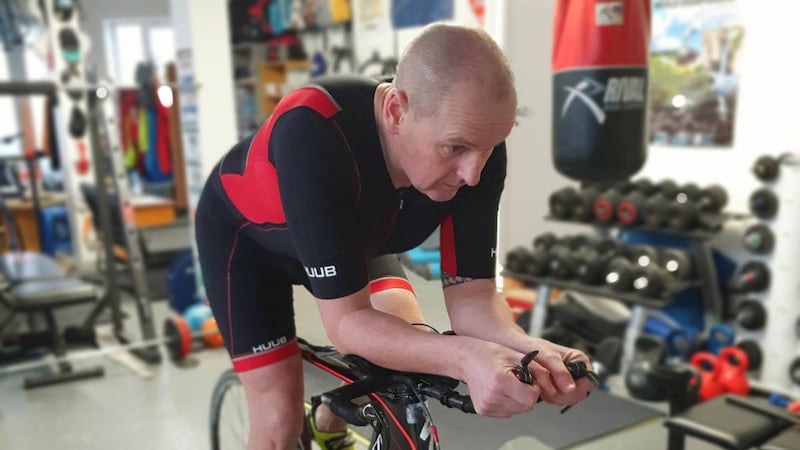
When he hit his 40s, he started doing the Ironman 70.3 event, also known as a Half Ironman. The event consists of a 1.2-mile swim, a 56-mile cycle and a 13.1-mile run. It’s challenging, but Whyte excelled at the distance and even qualified for the World Championships in his age group. Around this time, he also got into running marathons, and managed to break the three-hour barrier.
Between the ages of 42 and 48, he devoted his life to the two events. “I have nine Ironmen done and I have nine marathons done,” he says.
Things were going well for Whyte and he soon set his sights on competing in the World Ironman Championships in Kona. He started breaking 10 hours in the Ironman and was among the best in his age group. Then the injuries came.
Whyte had broken bones before. It was part and parcel of competing at such extreme events. By 2017, however, he says he developed several bone-related injuries. Once while out jogging, he stumbled and fractured three ribs. “I kind of knew things weren’t good then,” he says.
At this point, Whyte went for a bone density scan and was diagnosed with osteoporosis at 48. The condition runs in his family, but Whyte says his training regime and low-carb diet likely contributed to him exhibiting symptoms of it early. Blood tests had previously revealed that he had low testosterone, which is a major contributory factor. The Irish Osteoporosis Society’s website notes that overtraining in athletes can lead to an increased risk of osteopenia and/or osteoporosis. “It was a combination of hereditary and lifestyle,” says Whyte.
After his diagnosis, Whyte was put on medication and he took a step back from competing. Within 18 months, his condition had improved. He is now back training and competing. “The minute I went back training, I started competing again,” he says. “I’ve done quite a few races, and things are slowly coming back together but I am very much conscious of my overall health as well. I just think people really have to listen to their body and consult with their doctors.”
Whyte is now working with a physiotherapist and is looking into running a marathon this year. His advice to anyone doing long-distance endurance events? Pay attention to your core.
“My biggest regret in the last 10 years is that I didn’t give enough time to it,” he says. “When there are only so many hours in the day, the first thing that goes out the window is your core strength because it’s just easier to go out for a run or a cycle.”








